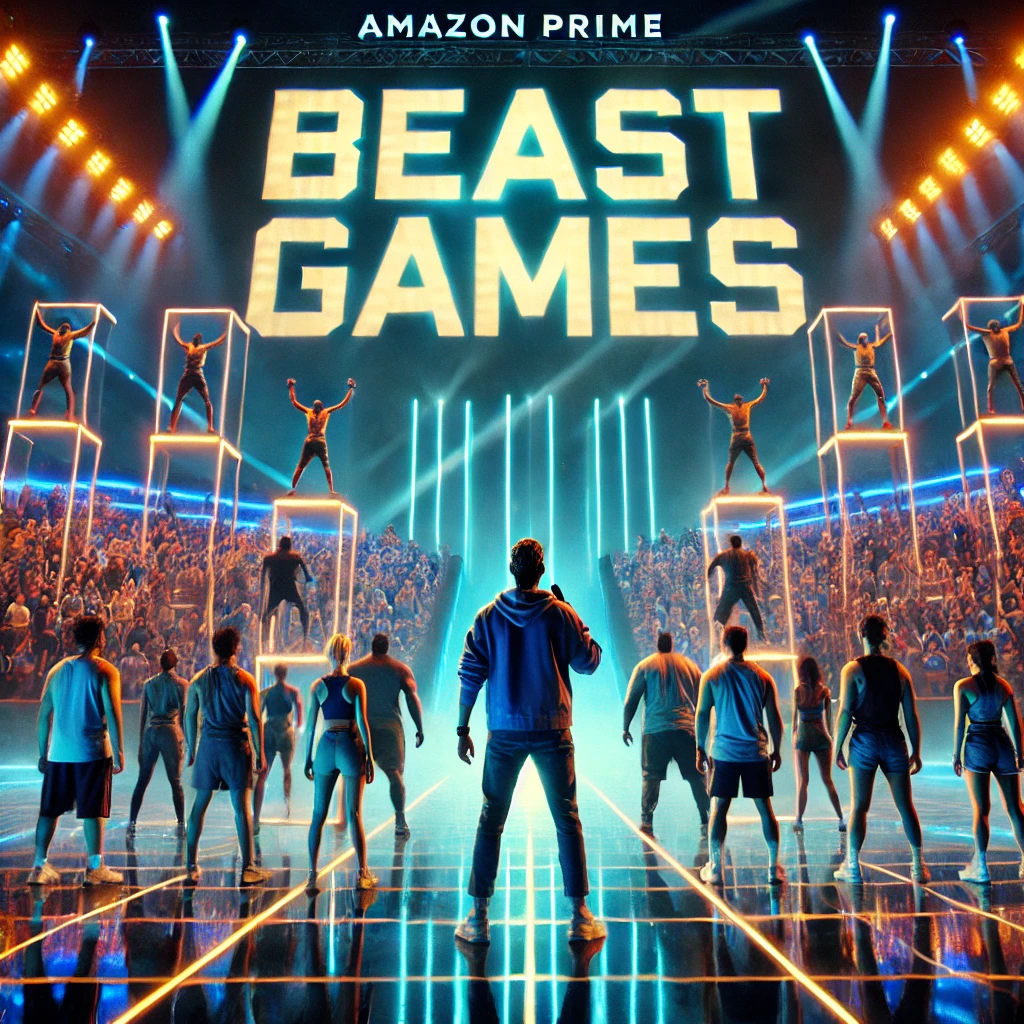The Origins of Valentine’s Day: Love, Gifts, and Marketing Magic
Valentine’s Day, celebrated annually on February 14, is a day dedicated to love and affection. It’s a time when

Valentine’s Day, celebrated annually on February 14, is a day dedicated to love and affection. It’s a time when couples exchange gifts, friends express appreciation, and brands flood the market with heart-shaped everything. But how did this holiday begin, and how has it evolved into a marketing juggernaut? Let’s explore its origins, the expectations around gifts, and the powerful marketing forces that keep the holiday thriving.
The Origins of Valentine’s Day
The roots of Valentine’s Day trace back to ancient Rome, where the festival of Lupercalia was celebrated in mid-February. This pagan festival involved fertility rites and matchmaking traditions. However, by the 5th century, Pope Gelasius I replaced Lupercalia with St. Valentine’s Day, named after one or more Christian martyrs named Valentine.
One legend tells of a priest, Valentine of Rome, who defied Emperor Claudius II’s ban on marriage for soldiers. He secretly married young couples and was eventually executed on February 14 around 269 AD. Another tale suggests that Valentine, while imprisoned, healed his jailer’s blind daughter and signed a farewell letter to her with “From your Valentine,” inspiring the modern tradition of love notes.
Over time, the day became associated with romance, especially during the Middle Ages when poets like Geoffrey Chaucer linked it to courtly love. By the 18th century, the exchange of handwritten notes and tokens of affection became a common practice in England and later spread worldwide.
Gift Expectations: Love in the Form of Presents
Today, Valentine’s Day is synonymous with gift-giving. The most popular presents include:
- Chocolate: A symbol of indulgence and passion, chocolate has been a staple since the 19th century when Richard Cadbury popularized heart-shaped boxes.
- Flowers: Red roses, associated with Venus, the Roman goddess of love, remain a timeless gesture of romance.
- Jewelry: Many couples take the opportunity to gift sentimental or luxurious items, with engagement rings peaking in sales around this time.
- Personalized Gifts: Custom-made gifts, such as engraved jewelry, photo albums, or love letters, have gained popularity in recent years.
- Experiences: More couples are opting for memorable experiences, such as romantic getaways, spa days, or special dinners.
Expectations around gifts vary depending on the relationship. While some see it as a grand romantic occasion, others prefer simple gestures or even opt out of the celebration altogether. Social media and peer influence often heighten the pressure to give elaborate gifts, making Valentine’s Day a complex emotional and commercial affair.
The Marketing Machine Behind Valentine’s Day
Valentine’s Day has evolved into one of the biggest consumer holidays, driven by clever marketing strategies from businesses across industries. Here’s how companies capitalize on love:
- Emotional Advertising: Brands craft sentimental and aspirational campaigns that tug at the heartstrings, encouraging consumers to buy gifts to express their love.
- Scarcity Tactics: Limited-edition chocolates, exclusive jewelry collections, and “one-day-only” deals create urgency, prompting consumers to spend more.
- Influencer & Social Media Campaigns: Platforms like Instagram and TikTok fuel the holiday with viral trends, gift guides, and sponsored content, making it hard to ignore.
- Personalization & Customization: Many brands offer engraving, personalized messages, or made-to-order gifts to make purchases feel more meaningful.
- Expanding the Audience: Valentine’s Day is no longer just for couples. With marketing campaigns targeting “Galentine’s Day” (for friendships) and self-love shopping, brands ensure that everyone has a reason to participate.
The numbers reflect the success of these strategies. In the U.S. alone, Valentine’s Day spending reaches billions of dollars annually, covering not just romantic gifts but also pet presents, workplace treats, and self-indulgences.
Love or Commercialism?
While some argue that Valentine’s Day has become overly commercialized, others see it as a beautiful reminder to express love and appreciation. Whether you go all out with gifts or simply spend quality time with a loved one, the essence of the holiday remains in celebrating meaningful connections.
What do you think—do you embrace the Valentine’s Day spirit or see it as just another marketing ploy? Let us know in the comments!
Discover more from BenHall.club
Subscribe to get the latest posts sent to your email.






